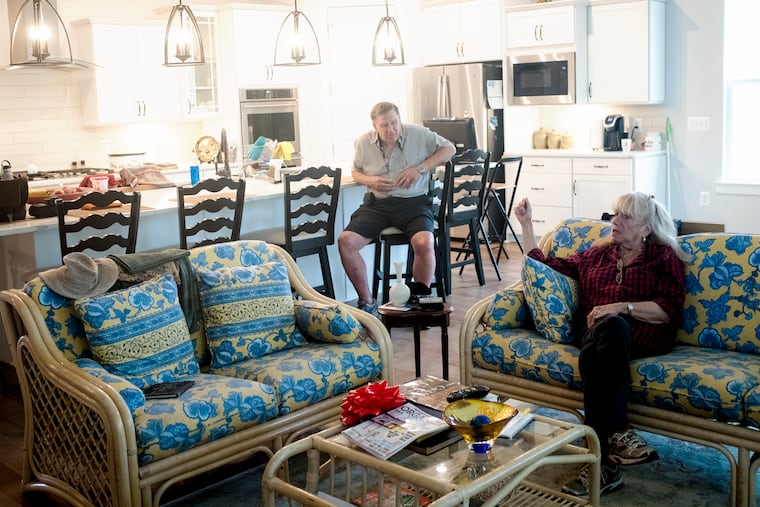Why many older homebuyers are ‘smart sizing,’ not downsizing
For empty nesters transitioning out of their longtime houses, making the choice of a new place to buy in a 55-plus community doesn't always mean downsizing.

For empty nesters transitioning out of their longtime houses, making the choice of a new place to buy in a 55-plus community doesn't always mean downsizing.
